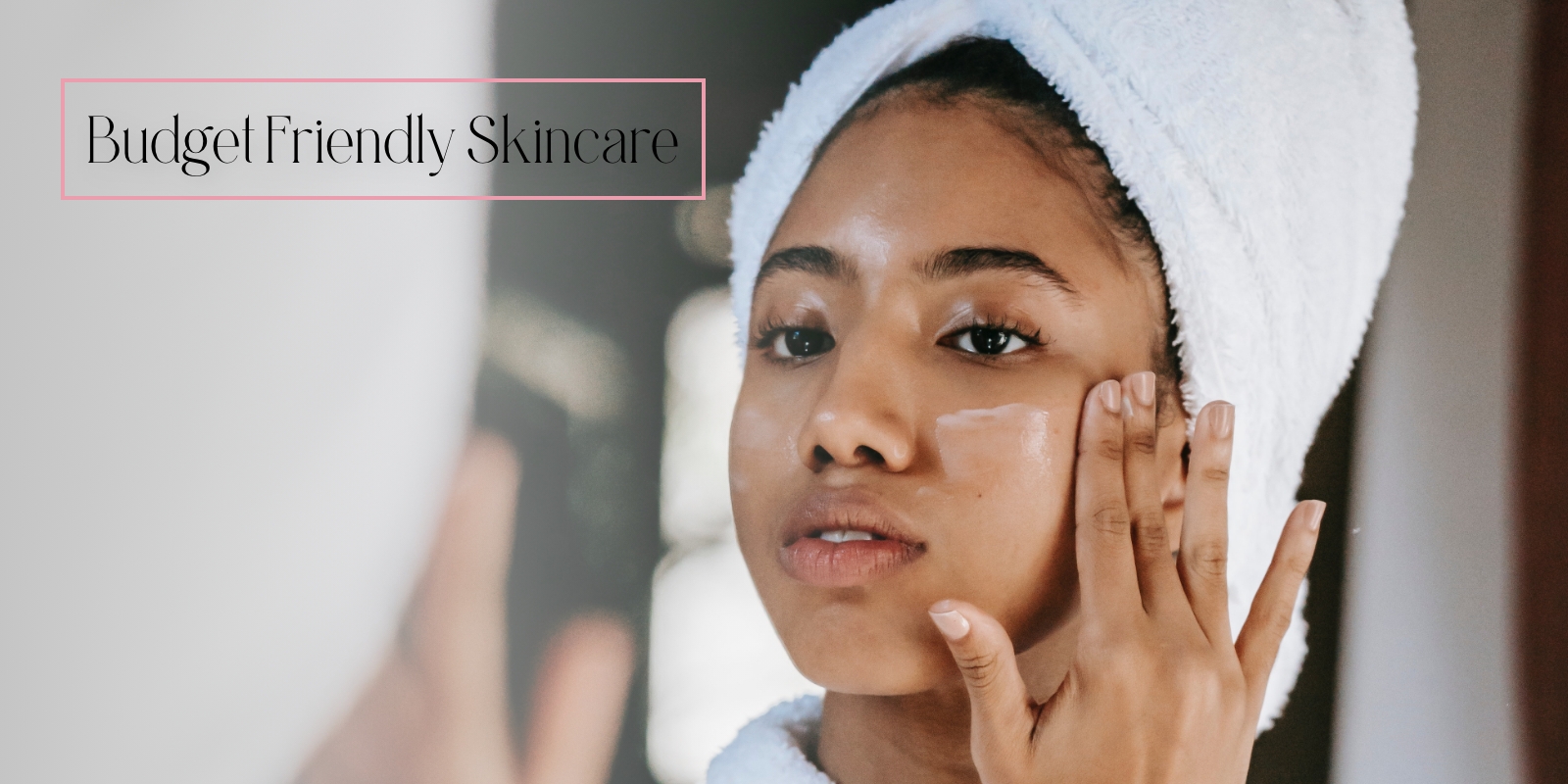When it comes to celebrating special occasions or adding a touch of luxury to an ordinary day, there’s nothing quite like champagne. Its effervescence, delicate flavor, and the satisfying pop of the cork make it an emblem of celebration. But what happens when you uncork a bottle of champagne and find that it has lost its sparkle or, even worse, gone bad? In this article, we will delve into the science behind champagne’s deterioration, explore the art of champagne storage, and share effective techniques to keep your bubbly fresh and lively.
Understanding The Deterioration Of Champagne
Before diving into preservation methods, it’s essential to understand why champagne can go bad in the first place. Champagne is a delicate and complex beverage that can be affected by several factors, ultimately leading to spoilage. Here are the primary reasons why your cherished bottle might lose its sparkle.
1 . Oxidation:
Champagne is particularly vulnerable to oxidation, which transpires when the wine interacts with air. Oxidation can alter the chemical composition of the wine, causing a decline in aroma and flavor. To combat this, ensure that the cork remains moist and maintain a secure seal once you’ve opened the bottle.
2 . Temperature Fluctuations:
Champagne can be quite sensitive to temperature fluctuations. Changes in temperature can cause the liquid inside the bottle to expand and contract, pushing the cork in and out. This movement can lead to the entry of air, hastening the oxidation process. To prevent temperature-related woes, store your champagne in a consistently cool environment.
3 . Light Exposure:
Champagne is also photosensitive, particularly to ultraviolet (UV) rays. UV rays can initiate chemical reactions within the wine, giving rise to a phenomenon known as “lightstruck” or “skunky” flavors. Shield your champagne from light by storing it in a dark place or within tinted glass bottles.
4 . Humidity Levels:
Maintaining the right humidity is essential to prevent cork degradation. If the cork dries out, it can admit air, resulting in oxidation. However, excessively high humidity levels can damage labels and encourage mold growth. The ideal humidity for champagne storage is around 70%.
5 . Bottle Position:
Keeping champagne bottles upright for prolonged periods can cause the cork to dry out. The cork needs to stay in contact with the liquid to prevent drying and shrinkage. For cork preservation, store your champagne bottles on their sides.
Mastering The Art Of Champagne Storage
Now that we’ve grasped why champagne can lose its allure, let’s explore how to store it correctly to maintain its quality and flavor.
1 . Horizontal Storage:
As mentioned earlier, keeping champagne bottles on their sides ensures the cork remains moist and prevents it from drying out. This approach preserves the seal’s integrity, reducing the risk of oxidation.
2 . Temperature Control:
Champagne should be stored in a cool, steady environment. The ideal temperature range is approximately 45-55°F (7-13°C). Steer clear of drastic temperature fluctuations, which can harm the wine. If a wine cellar isn’t at your disposal, a dark closet or basement serves as a fitting storage spot.
3 . Minimize Vibrations:
Vibrations can disrupt the aging process and affect the quality of champagne. Make sure your bottles are stashed in a location devoid of constant movement or vibrations, such as areas near heavy machinery or speakers.
4 . Shield From Light:
Given champagne’s sensitivity to UV rays, it’s prudent to keep your bottles in a dark space or within tinted glass wine cellars, cabinets, or wine coolers equipped with UV protection.
Humidity Control:
To avert cork degradation, aim for a humidity level of roughly 70%. Employ a humidifier or invest in a humidity-controlled wine storage environment for this purpose.
Techniques For Keeping Champagne Fresh
Now, let’s shift our focus to methods that will enable you to keep opened champagne fresh, ensuring you can savor it over a few days without it losing its sparkle or flavor.
1 . Use A Champagne Stopper:
When you don’t manage to finish the entire bottle, a champagne stopper becomes an indispensable accessory. These specialized stoppers create an airtight seal, preventing excessive air from entering and safeguarding the bubbles.
2 . Refrigeration:
Once you’ve sealed the bottle with a champagne stopper, place it in the refrigerator. Champagne maintains its freshness and effervescence better when chilled. The optimal temperature is around 45°F (7°C).
3 . Limit Air Exposure:
Every time you open the bottle, some air inevitably gets inside. To minimize this, pour the champagne gently to avoid splashing and promptly reseal the bottle.
4 . Consume Promptly:
Champagne is at its best when it’s fresh, so try to finish the opened bottle within two to three days. The longer it remains exposed to air, the more it loses its fizziness.
5 . Wine Preserver Systems:
For those concerned about preserving an opened bottle for an extended period, consider investing in a wine preserver system. These devices replace the air in the bottle with inert gas, effectively shielding the wine from oxidation.
Conclusion:-
Champagne is a delightful and luxurious beverage that deserves to be savored to the fullest. By understanding the factors that can compromise its quality and by mastering the art of storage, you can ensure that your champagne remains a symbol of celebration and delight. If you want to purchase champagne, visit our online store www.wineandchampagnegifts.com. Whether you’re celebrating a special occasion or simply treating yourself to a moment of indulgence, cheers to savoring every sip of this effervescent elixir!
